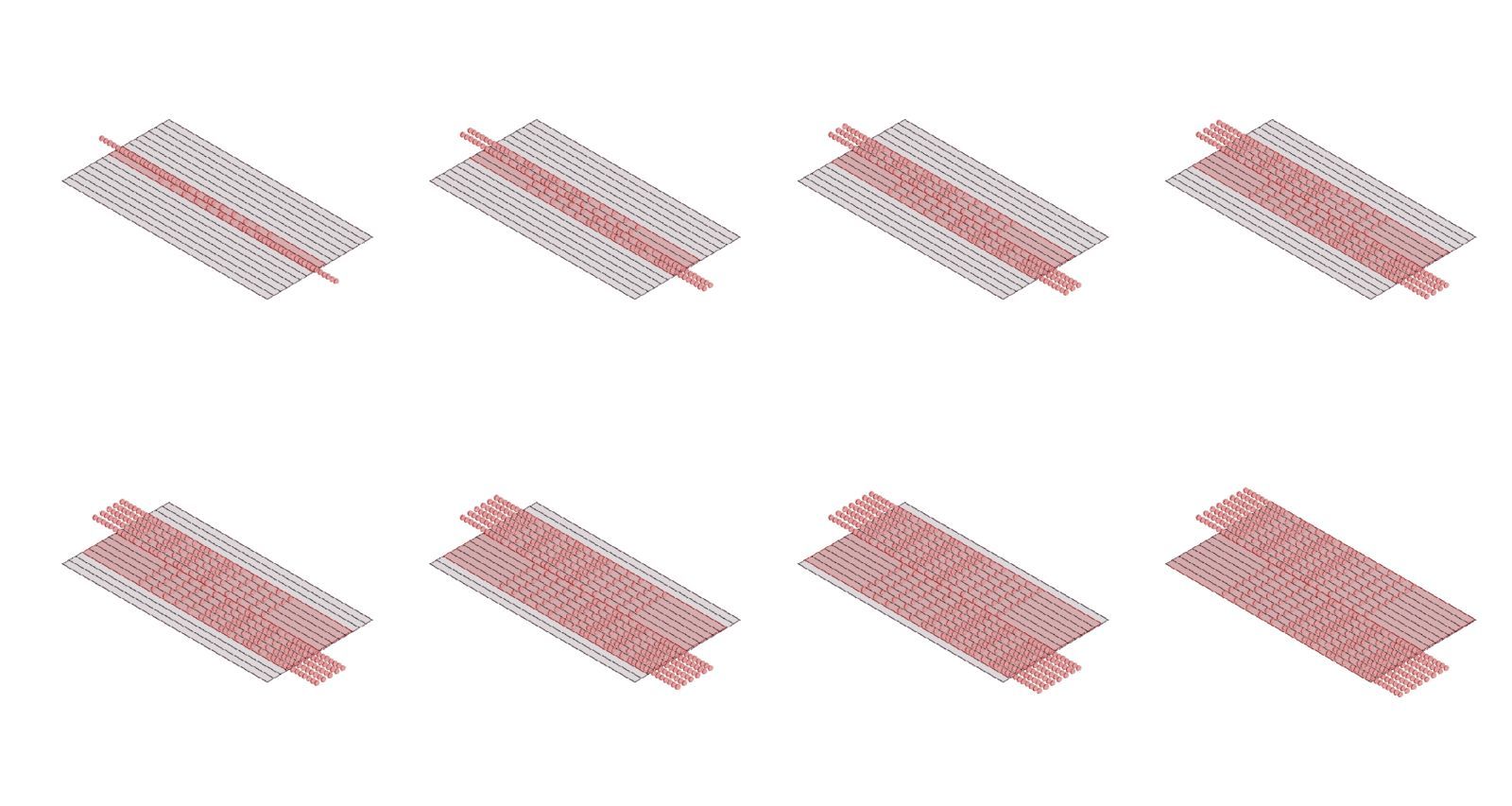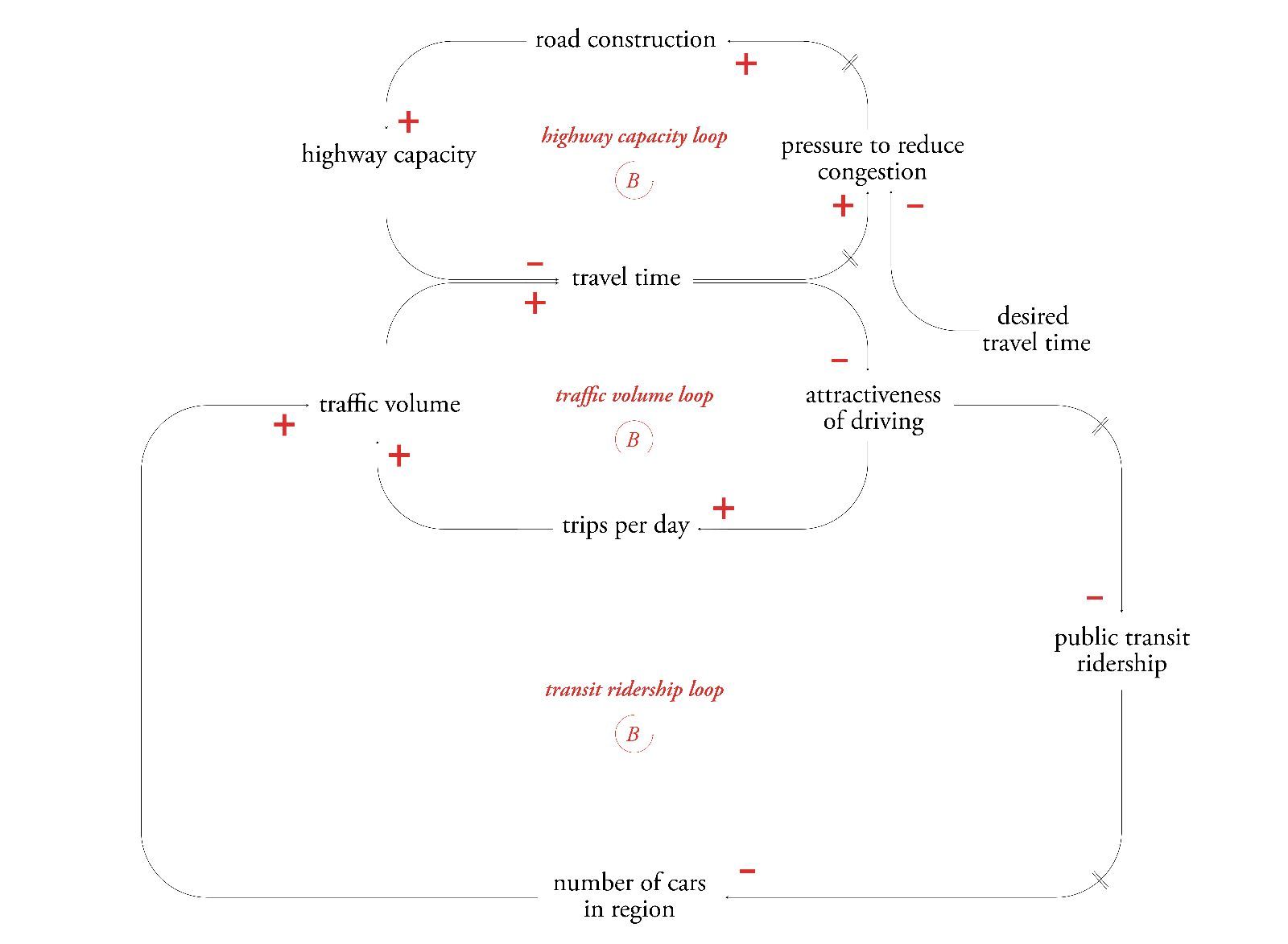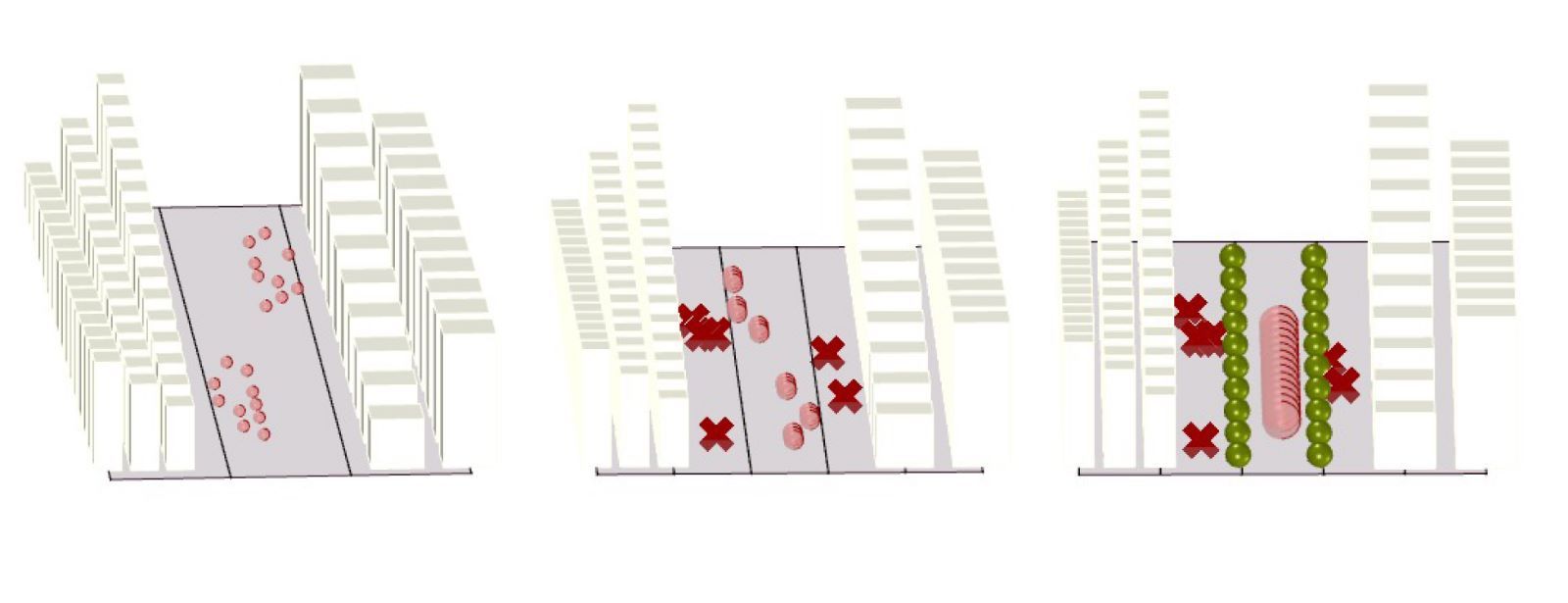Less is More
Modeling Induced Demand

For our assignment 1, we wanted to pay homage to our urban planning roots and focus on street design and traffic concepts. The first piece of our project demonstrates the amount of road space needed to transport people with different modes. Cars take up the most space, busses take up less, and a train takes up the least, leaving room for greenery, bike lanes, and pedestrian sidewalks. Therefore, LESS space and LESS vehicles actually transports MORE people.
The second piece of the project demonstrates a transportation phenomenon known as 'induced demand'. It is a common misconception that adding more lanes to a roadway alleviates traffic congestion. This may be true in the short-term, but the sudden improvement in level of service (number of cars passing through the highway per hour) incentivizes more drivers to use the roadway, until the additional lanes return to full gridlock once again. Much like the previous example, LESS lanes transports MORE people.

